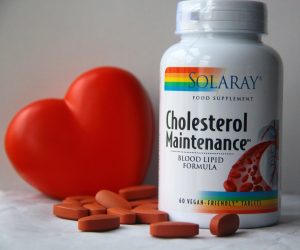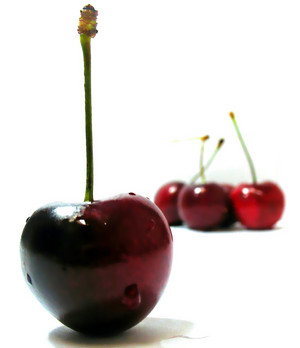 Since February is the month of love, it seemed apt to talk about the heart. Not the kind usually drawn pierced with Cupids arrow, but the one that pumps blood around our body. While it may look more gruesome in anatomy text books than it does in the local card shop, the heart requires a lot of love, more than we sometimes give it.
Since February is the month of love, it seemed apt to talk about the heart. Not the kind usually drawn pierced with Cupids arrow, but the one that pumps blood around our body. While it may look more gruesome in anatomy text books than it does in the local card shop, the heart requires a lot of love, more than we sometimes give it.
The most common heart breaker on our doctors lips is cholesterol. Too much clogs up our blood vessels, making them narrower and less elastic, stopping blood from circulating as well as it should. This kind of problem in our plumbing puts extra strain on the heart, linking cholesterol to heart disease and the risk of stroke or heart attack. This is why our doctors monitor it so closely. After age 40 we are encouraged to go for an MOT to monitor our risk of heart disease. If our cholesterol is high we may be offered statins to reduce it and the associated risks.
Not everybody gets on well with statins. Side effects can include muscle cramps, joint pain and tiredness. This leads a lot of people to seek alternative methods of managing cholesterol, through diet or herbal medicine. At our clinic we help people with both.
Managing cholesterol isn’t just about reducing your intake of fats and sugars. The way to a healthy heart is as much about eating the right foods as it is about avoiding the wrong ones. Try to consume more omega 3 from oily fish or try walnuts, pumpkin seeds and linseeds if seafood isn’t quite to your taste. Add extra fibre! Swap out white bread, rice and pasta for their wholegrain counterparts. Enjoy oats at breakfast and bulk out meals with vegetables, beans and pulses rather than breads and potatoes.
Some people are genetically predisposed to high cholesterol and dietary changes alone may not be enough. One of the remedies we have used for many years is Solaray’s Cholersterol Maintenance, a combination of Red Yeast Rice and nutrients that support the liver, the main organ involved in managing cholesterol. Red Yeast Rice acts like a statin by reducing the cholesterol produced by the liver.
We once had a lady request a little time from her GP to try and manage her cholesterol on her own before resorting to statin medication. After two months using the Cholesterol Maintenance, her cholesterol dropped from 8.5 to 4.5 and both she and her doctor were very happy with the success. Since that day, we have regularly used Cholesterol Maintenance with similar success and many of our customers are sent in by friends, family and even some local GPs after expressing an interest in managing their cholesterol and the health of their heart.
If you are already using statins or have been told by your doctor that you need to start using them, you may be worried that you’ll have to live with any side effects that might come along with your cholesterol medication. You’ll be happy to know that this is not the case and symptom free cholesterol management is entirely possible. Statins deplete our levels of co-enzyme Q10, something every cell in our body uses to make energy. Restoring levels of Q10 can make a huge difference to how comfortable we are when managing cholesterol with medications.
My favourite success with Q10 and statins was with the owner of a beautiful collie dog who frequents our shop weekly. He was very upset because he already suffered with arthritis and found that his joint pain had worsened and his muscles had begun to ache since starting his cholesterol medication. Walking his collie daily kept him moving and stopped what he described as ‘his joints seizing up’, but since using the statins his energy was lower and he wasn’t able to keep up with his previous routine. After three weeks of supplementing with Q10 he popped in to visit us, letting us know that he was back to normal with a very happy looking dog by his side!
A healthy heart really does provide a wealth of benefits and is well worth that extra bit of love.



